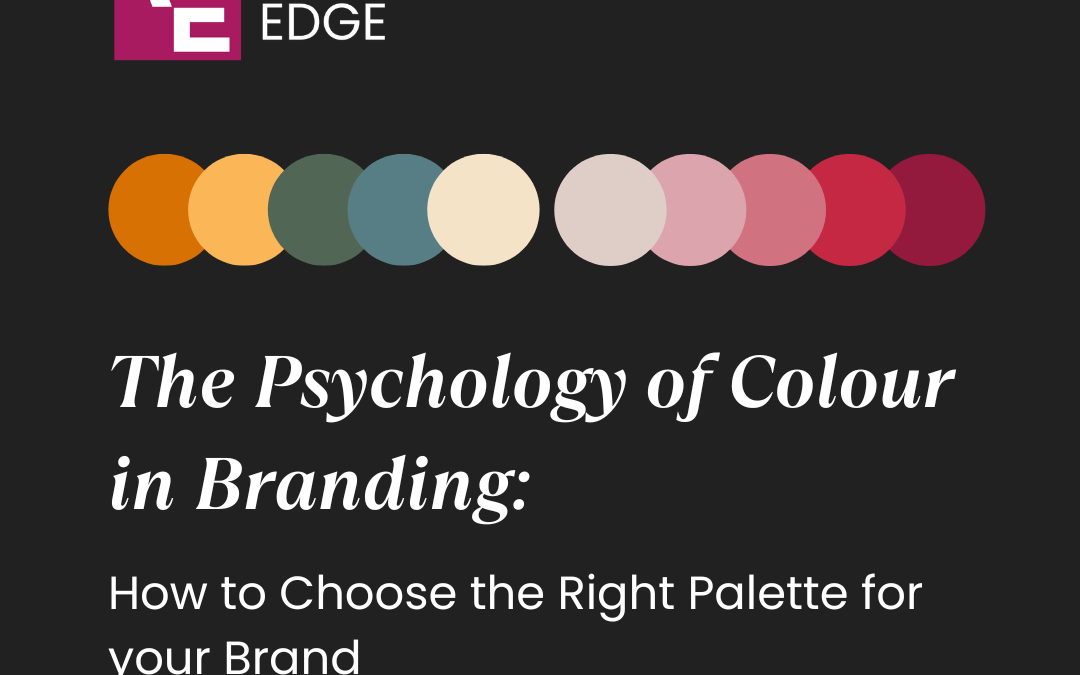The Psychology of Colour in Branding: How to Choose the Right Palette
Imagine walking into a store where everything is painted in dull grays, with no pops of colour to catch your eye. Now, image walking into another store, vibrant warm tones and inviting hues. Which one makes you feel more engaged and excited to shop? That is the power of colour in branding.
Colour is not just about aesthetics; it’s a physchological tool that influences emotions, perceptions, and even purchasing decisions. When you choose the right colours for your brand, you’re not just making things look pretty – you’re shaping how people feel about your business and what they associate with it.
Why Colour Matters
Studies show that up to 90% of a consumer’s first impression of a product is based on colour alone. (source) Brands like McDonald’s, Starbucks, and Tiffany & Co. have successfully leveraged colour psychology to create strong emotional connections with their audience. Think about the golden arches of McDonald’s—immediately, the bright yellow and red evoke excitement, urgency, and hunger. On the other hand, Tiffany & Co.’s signature robin’s egg blue symbolizes luxury, exclusivity, and elegance.
Colour has profound impact on consumer behavior, and the right palette can;
- Enhance Brand Recognition – people remember brands based on their colours.
- Elicit Emotions – colours create subconscious emotional triggers.
- Influence Purchasing Decisions – Certain colours can encourage action or trust.
- Set Your Brand Apart – A unique colour scheme makes your brand more memorable.

The Psychology of Different Colours
Each colour carries psychological associations that can affect how customers percieve your brand. Here’s a breakdown of what some of the most common branding colours represent:
Red – Passion, Energy and Urgency
Red is bold, stimulating and often associated with excitement, power and urgency. It’s commonly used in brands that want to create a sense of enthusiasm or encourage impulse buying (Think Coca-Cola, Target, or Youtube). It’s also an appetite stimulant, which is why so many food brands use it.
Blue – Trust, Stability and Professionalism
Blue is one of the most widely used branding colours because it instills a sense of trust and reliability. That’s why banks, tech companies and corporate brands (Like Facebook, Linkedin and Pay Pal) often use blue. It creates a sense of calmness and dependability, making it a great choice for businesses that want to build customer confidence.
Yellow – Happiness, Optimism and Friendliness
Yellow exudes warmth, positivity and cheerfulness. Brands like Mcdonald’s, IKEA and Snapchat use yellow to create a sense of optimism and energy. However, because yellow is also a highly stimulating colour, it should be used in moderation.
Green – Growth, Health & Sustainibility
Green is commonly associated with nature, health and prosperity. It’s an excellent choice for eco-friendly brands, wellness companies and financial businesses (Think Whole Foods, Starbucks and John Deere) Darker greens tend to represent wealth and stability, while lighter greens feel fresh and youthful.
Purple – Luxury, Creativity and Spirituality
Purple has long been associated with royalty and creativity. Brands like Cadbury, Hallmark and Twitch use purple to convey sophistication and uniqueness. It’s often used in beauty, wellness and high-end brands because of it’s associatie acnon with elegance and imagination.
Orange – Playfullness, Confidence and Innovation
Orange is energetic and fun. It’s a great choice for brands that want to appear friendly and adventurous. Companies like Fanta, Harley-Davidson and Nickelodeon use orange to communicate enthusiasm and confidence.
Black – Power, Sophistication and Luxury
Black is sleek, powerful and timeless. It’s often used in high-end fashion, luxury cars and tech (think Chanel, Apple and Nike). Black can make a brand appear more authoritative and exclusive.
White – Simplicity, Cleanliness and Purity
White is often used in minimalistic branding because it conveys simpilicity, cleanliness and modernity. Brands like Apple, Tesla and many skincare companies use white to create an uncluttered high-end feel.
How to Choose the Right Colours for Your Brand
Now that you understand the psychology behind colours, how do you choose the right palette for your brand? Here are some key steps:
1. Identify Your Brand’s Personality
Ask yourself: What emotions do you want your brand to evoke? Are you aiming for a playful and energetic vibe, or do you want to be seen as sophisticated and professional? Your colour choices should align with your brand’s personality and values.
2. Consider Your Target Audience
Different colours appeal to different demographics. For example, younger audiences might be drawn to bright, vibrant colors, while older demographics might prefer muted, professional tones. Gender can also play a role—blue is often favored by men, while women tend to prefer softer hues like purple and pink.
3. Look at Your Industry
Certain industries tend to gravitate toward specific colours. Tech brands often use blue to symbolize trust, while organic and health-focused brands lean toward greens and earth tones. While it’s good to stand out, it’s also important to fit within your industry’s visual landscape.
4. Choose a Primary and Secondary Palette
Your primary brand colour should be the dominant one, conveying your brand’s core message. Then, select secondary and accent colours that complement your main color and help create contrast. Tools like Adobe Colour or Coolors can help you build a harmonious palette.
5. Test and Get Feedback
Before finalizing your brand colours, test them on different backgrounds, platforms, and marketing materials. Consider A/B testing different colour variations in ads or social media to see which resonates best with your audience.
Final Thoughts
Color is one of the most powerful tools in branding, influencing how people perceive and interact with your business. The right color choices can make your brand more memorable, trusted, and appealing to your audience. By understanding color psychology and strategically selecting your palette, you can create a brand identity that truly connects with your customers.
So, what does your brand say about you? It might be time for a color refresh!

